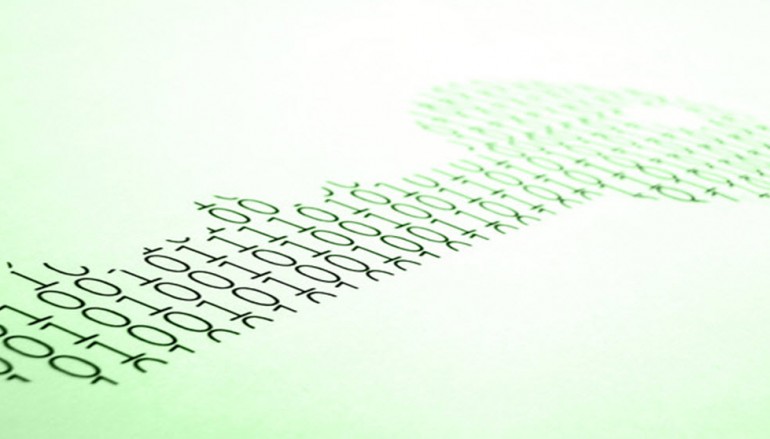
Bart ransomware shows it can be effective without sophisticated encryption
A new ransomware program making the rounds uses a simple, yet effective technique to make user files inaccessible: locking them in password-protected ZIP archives.
The new threat is called Bart and shares some similarities—in the ransom note in particular—with Locky, a much more widespread ransomware program. It is distributed through spam emails that masquerade as photos.
The emails have ZIP attachments that contain JavaScript files. These files can be run directly on Windows without the need of additional software and are an increasingly common way to distribute malware.
If the rogue JavaScript file is executed, it downloads and runs a malicious program known as RocketLoader that’s designed to download and install additional malware. In this case, RocketLoader installs Bart.
Bart stands out through its simplicity and efficiency, according to researchers from security vendor PhishMe who first came across this new threat.
Most ransomware programs encrypt files with a locally generated AES (Advanced Encryption Standard) key, which is then itself encrypted with a public RSA key that’s part of a public-private key pair. The private key, which is needed for decryption, is sent to a command-and-control server operated by attackers and deleted from the local computer.
Bart does not use public key cryptography like RSA. It scans for files with certain extensions—music, photos, videos, archives, documents, databases and more—and then locks them in password-protected ZIP archives using the naming format: original_name.extension.bart.zip.
The ZIP format supports AES encryption natively, so its creators didn’t need to implement AES themselves, which is prone to errors. This doesn’t mean Bart is flawless, but, at least for now, there’s no known way to recover the affected files.
Because it doesn’t use public-private key pairs, the new ransomware program doesn’t need a command-and-control server either, significantly reducing the costs of development for its creators.
The attackers use only a Tor-hosted payment gateway where victims can submit their malware-generated unique ID, pay the ransom in bitcoin and receive a decryptor. The ransom amount is 3 bitcoins, or around US$1,920, which is high, especially if the victim is not a company.
The ransom note is localized for English, Spanish, Italian, French, and German, according to Lawrence Abrams, the founder of computer help forum BleepingComputer.com, where some users have already reported Bart infections. If the computer’s language is detected as Russian, Belorussian, or Ukrainian, the ransomware will not encrypt the victim’s files.
Unfortunately for users, Bart is proof that attackers don’t need advanced crypto knowledge or complex infrastructure to create reliable and effective ransomware programs. That’s why this cybercrime model is so successful and why it won’t go away anytime soon.
In order to protect themselves against ransomware attacks, users should be wary of email attachments, especially those with unusual file extensions like JS. They should also keep their computer software up to date, especially their browsers and browser plug-ins, and they should implement a file backup routine that involves an offline or offsite backup location.
Source | PCWorld





